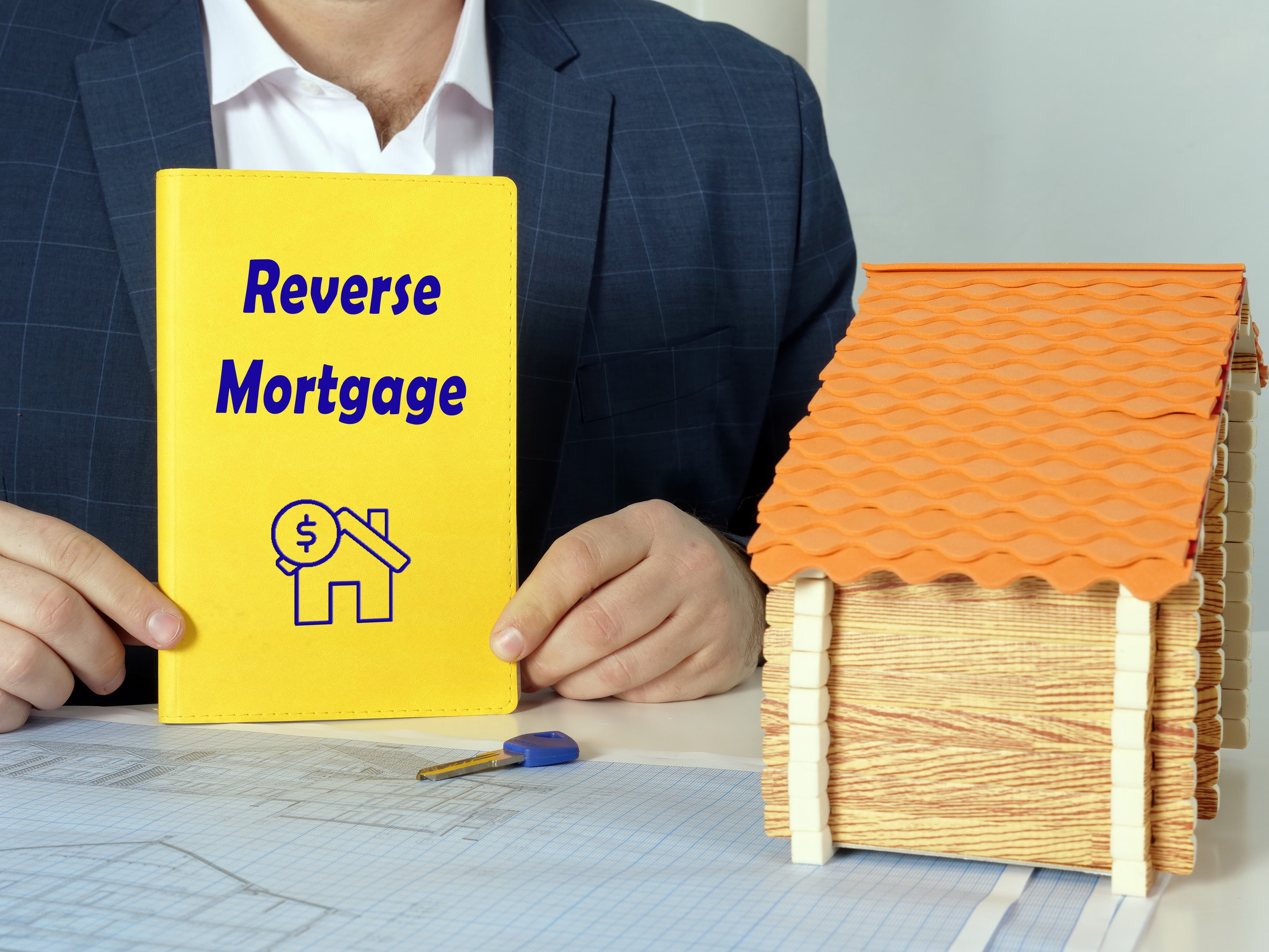
In recent years, reverse mortgages have reemerged as a heavily marketed financial product for older Americans. Commercials featuring trusted celebrity spokespeople highlight them as a solution to retirement income struggles. Lenders are increasingly targeting retirees who may be worried about inflation, rising health care costs, or outliving their savings. While reverse mortgages can offer real benefits, they also carry risks that are not always made clear. Understanding why these products are being pushed so hard right now can help retirees make informed financial decisions.
The Growing Financial Strain on Retirees
Retirees today face mounting challenges from longer life expectancies, limited pensions, and dwindling savings. According to the Employee Benefit Research Institute, nearly 40% of households headed by people age 55 and older have no retirement savings. With the rising cost of housing, health care, and everyday expenses, retirees are feeling squeezed. Reverse mortgages are marketed as a way to unlock home equity quickly without selling property.
Why Lenders Are Marketing Reverse Mortgages Aggressively
The push behind reverse mortgages is not just about helping retirees—it’s also about profit. The reverse mortgage market reached over $15 billion in loan volume in 2022, according to the U.S. Department of Housing and Urban Development (HUD). Lenders earn substantial fees and interest over time, making these loans highly lucrative. As more older Americans own homes but have limited cash flow, lenders see this group as a prime market.
Inflation and Rising Living Costs
One of the biggest drivers behind the renewed push is inflation. According to the Bureau of Labor Statistics, retirees have seen significant price increases in groceries, utilities, and medical care. Fixed incomes can’t always keep up, leaving many struggling to cover basic needs. Lenders position reverse mortgages as a lifeline, presenting home equity as a way to weather rising costs.
Tapping Into Housing Wealth
For many retirees, their home is their largest asset. The Federal Reserve reported that older Americans hold over $12 trillion in home equity. Reverse mortgages allow access to this wealth without selling, downsizing, or relocating. Lenders frame this as a practical solution for retirees who are “house rich but cash poor.”
The Risks That Are Often Overlooked
While heavily marketed, reverse mortgages come with risks. Borrowers must keep up with property taxes, insurance, and maintenance, or risk foreclosure. Some seniors misunderstand repayment rules, leaving heirs with fewer options. Fees and interest can also eat into equity faster than many borrowers realize. These concerns make reverse mortgages controversial despite their growing popularity.
Understanding the Push for Reverse Mortgages
The current surge in marketing reflects both the financial pressures facing retirees and the profitability of these loans for lenders. Rising living costs, limited retirement savings, and high home equity create the perfect environment for these products to flourish. While they can be useful in specific situations, reverse mortgages should not be entered into lightly. Retirees need to weigh the benefits and risks carefully before making such a significant financial commitment, especially now that reverse mortgages are being pushed harder than ever.
Read More
10 Signs You’re Being Financially Used by Your Own Children
7 Home Repairs That Disqualify You From Senior Energy Assistance







